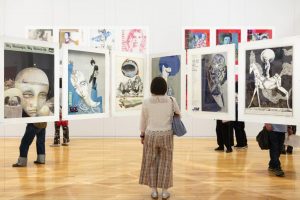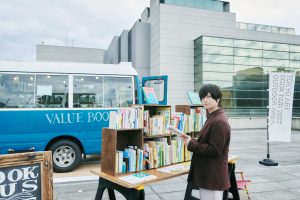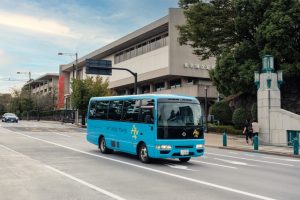The aim of the Teachers’ Program is to provide teachers with useful ideas for their regular classes, such as art, social studies and music, and their social and cultural studies field trips, in addition to their integrated studies and life environment studies classes. For example, in the case of a visit to a museum as a field trip, experts at museums can give teachers tips on encouraging their students to appreciate art and discover something new, instead of standard watch-and-report type of tasks.
――Teachers’ discoveries and awareness look ahead to the future of their students
Teachers Program: Connecting Schools with Cultural Facilities (first installment)
Event Reports
No.003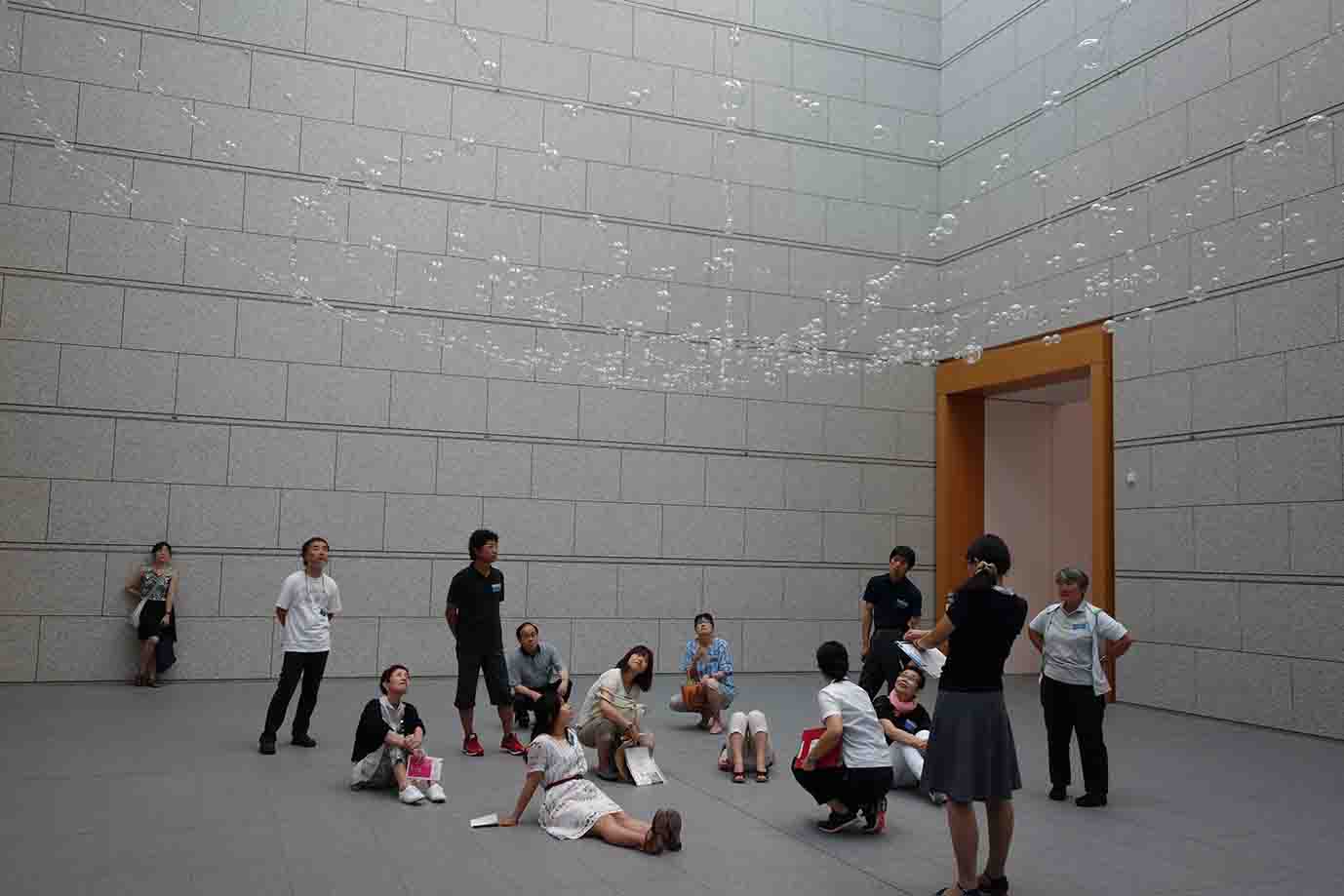
The Teachers’ Program, connecting schools and cultural facilities, is organized by the Tokyo Metropolitan Foundation for History and Culture to provide teachers from elementary to high schools in Tokyo with learning opportunities during summer vacation. Teachers are invited to educational events held at 7 cultural facilities and one institution, such as art museums, museums, and halls run by the Tokyo Metropolitan Government, so that they can have ideas useful to their teaching.
This report is the first installment of three reports on the program, such as the event held at the Tokyo Open-Air Architecture Museum in August. Let us introduce what the Teachers’ Program is all about by showing what was done at facilities other than the Tokyo Open-Air Architecture Museum.
Useful Ideas for Lessons and Field Trips
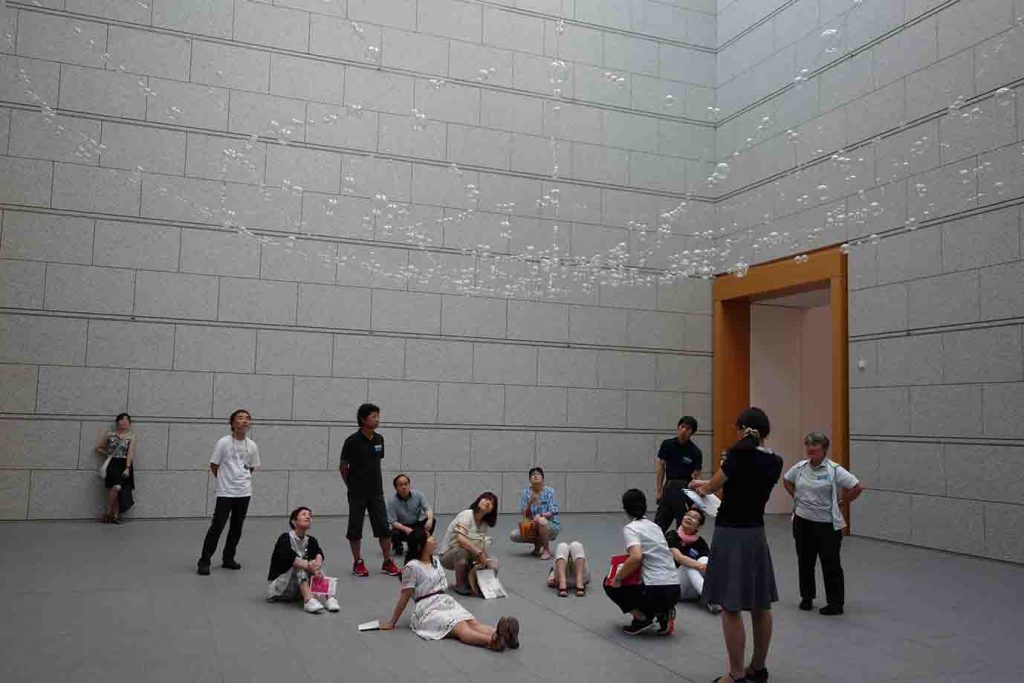
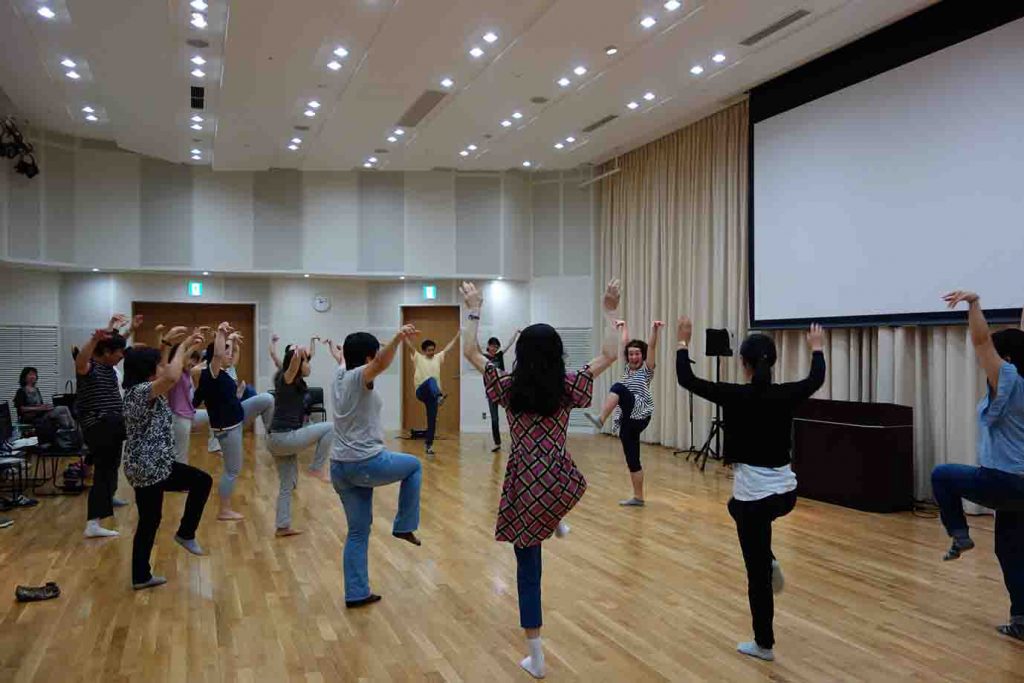
Some activities are designed to last for 45 minutes, which is the standard duration of an elementary school lesson, and others are workshops where participants can have practical experiences. Here are some examples of activities held at the 7 facilities and one institution in July and August.
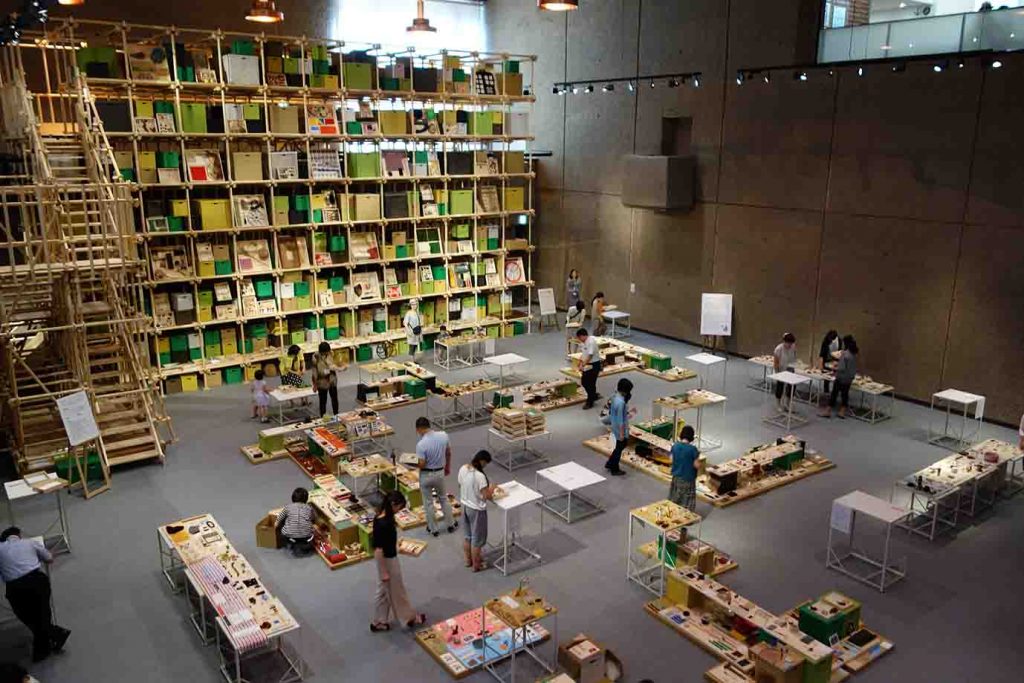
Learning the know-how of cultural facilities directly
At the Tokyo Metropolitan Museum of Photography, participants had a workshop where they learned to make 30-second animation works using old blueprints and shooting frame by frame. Teachers were absorbed in production as if they were back in their childhood. In the work appreciation experience, curators introduced practical tips, including lesson preparation and how to approach students.
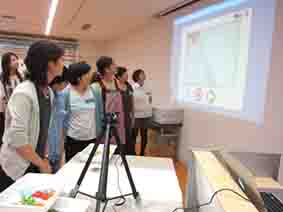
At the Edo-Tokyo Museum, participants took part in “How to Make Easy-to-understand Worksheets” by making their own. In the morning, they were given worksheets made by curators and filled them in as they went around the exhibits. In the afternoon, they were divided into groups and made their own worksheets cooperatively, based on the experience from the morning and advice from the curators. After that their worksheets were given to teachers from other groups when they went to see the exhibits, just like a surprise test.


At Tokyo Bunka Kaikan, participants learned about programs geared towards school children available there throughout the year. They also took part in a workshop designed by the facility. At the end, they all presented the songs and rhythms they created themselves.
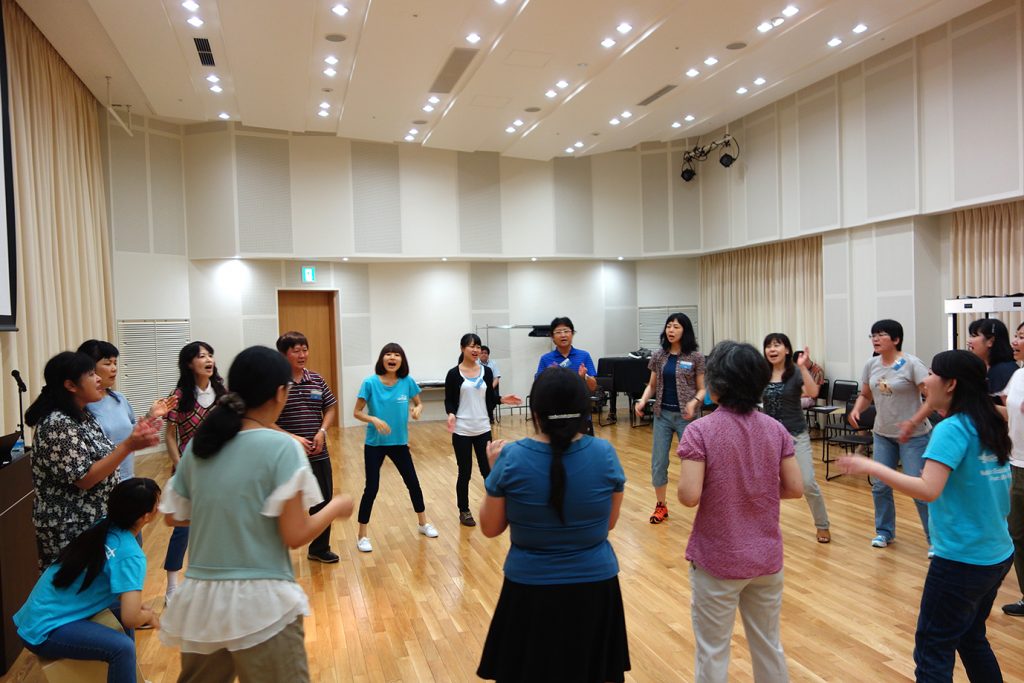
“One of the major issues music halls face now is the decrease in the number of classical music fans. As the fan demographic grows older, there will be less people who come to music halls. Of course, this is not a problem just for music halls and it is important for art museums and other museums to attract young children. The Teachers’ Program is part of our effort to cultivate future repeaters,” says Kaji, the Project Planning Manager at the Tokyo Bunka Kaikan.
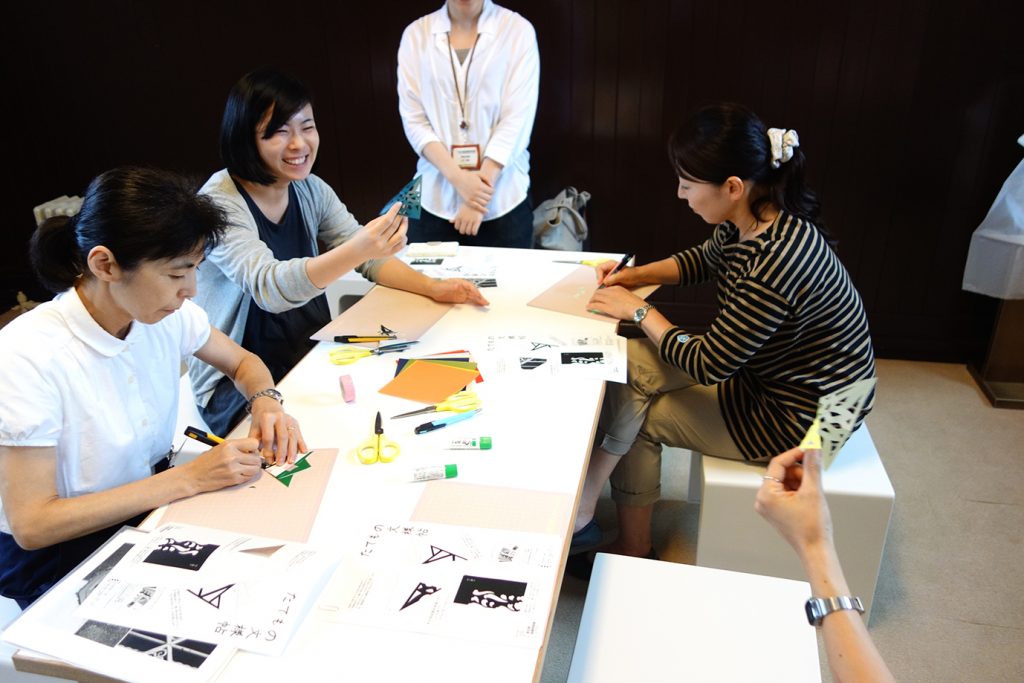
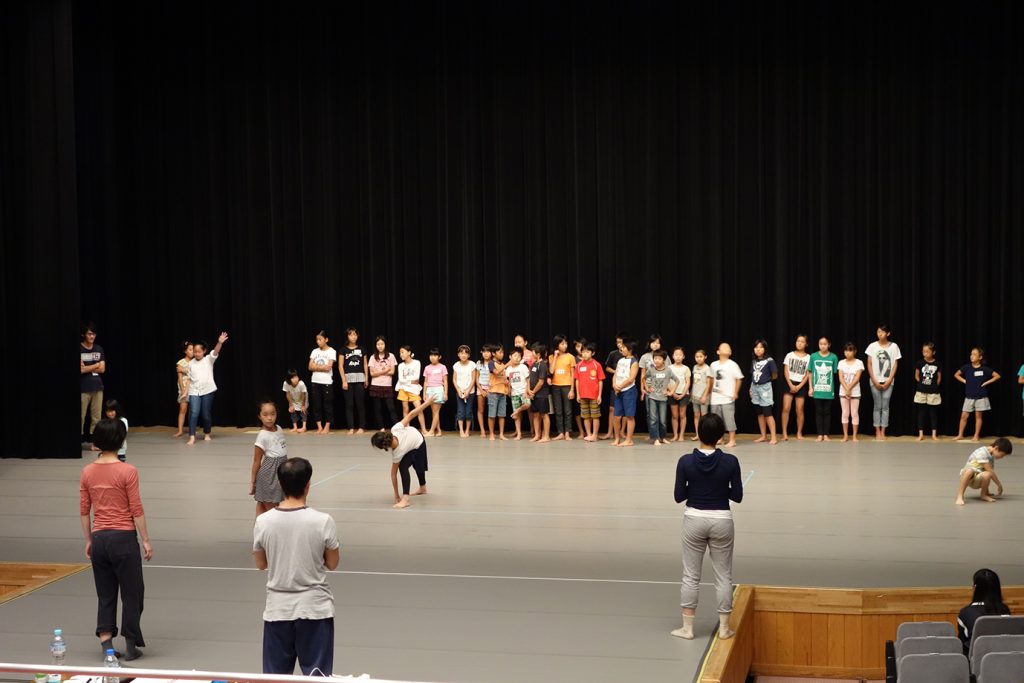
The Teachers’ Program cultivates the future of children by facilitating the discovery and awareness of teachers. The aim is to encourage children to feel something when they encounter cultural experiences, instead of feeling they didn’t quite understand. Cultural facilities have extensive experience in finding out practical ways to do just that and helping children learn will lead to a culturally rich community. For the next two installments, we will report on the Teachers’ Program at the Tokyo Open-Air Architecture Museum.
Text, Organization: Emi Sato


